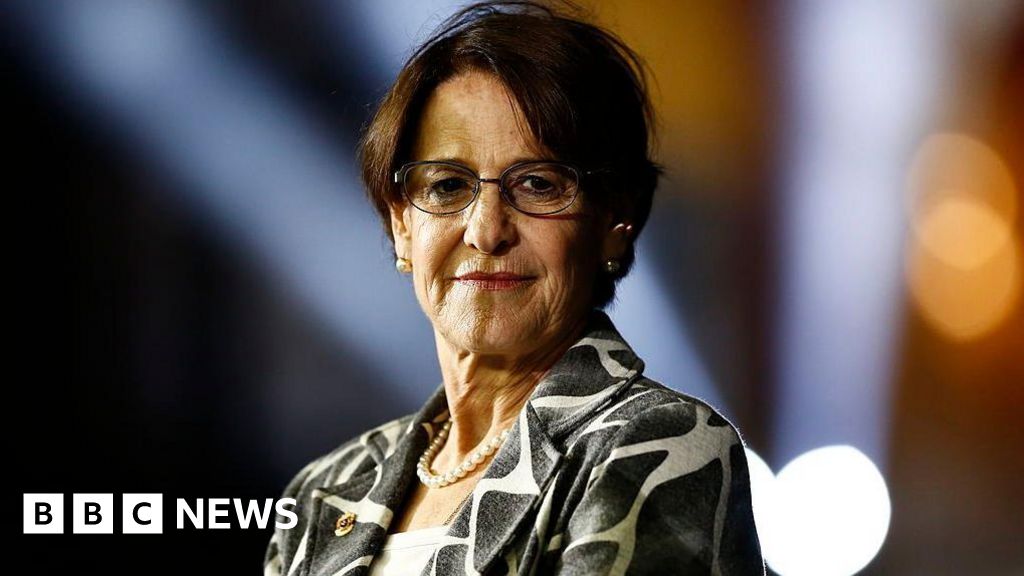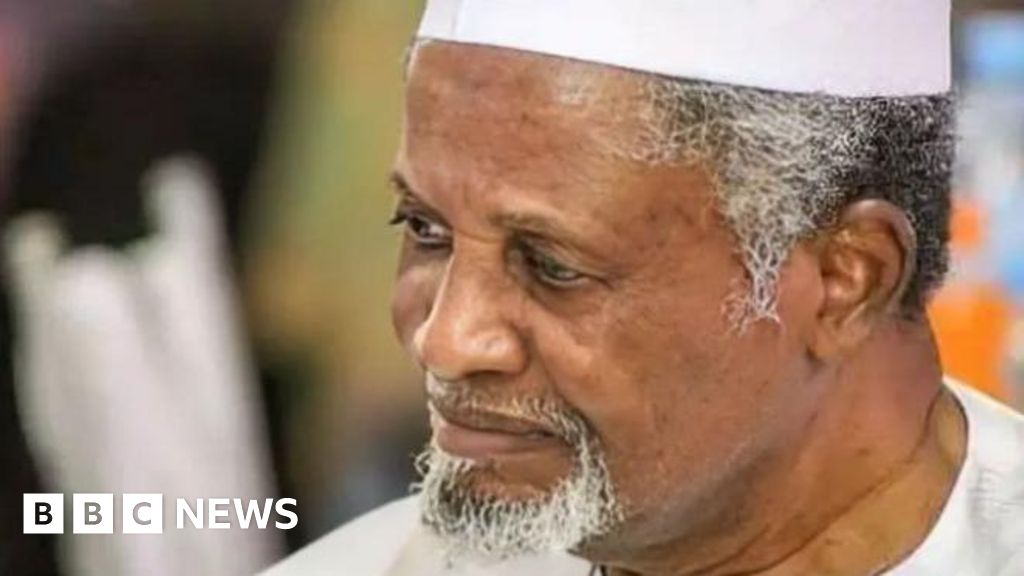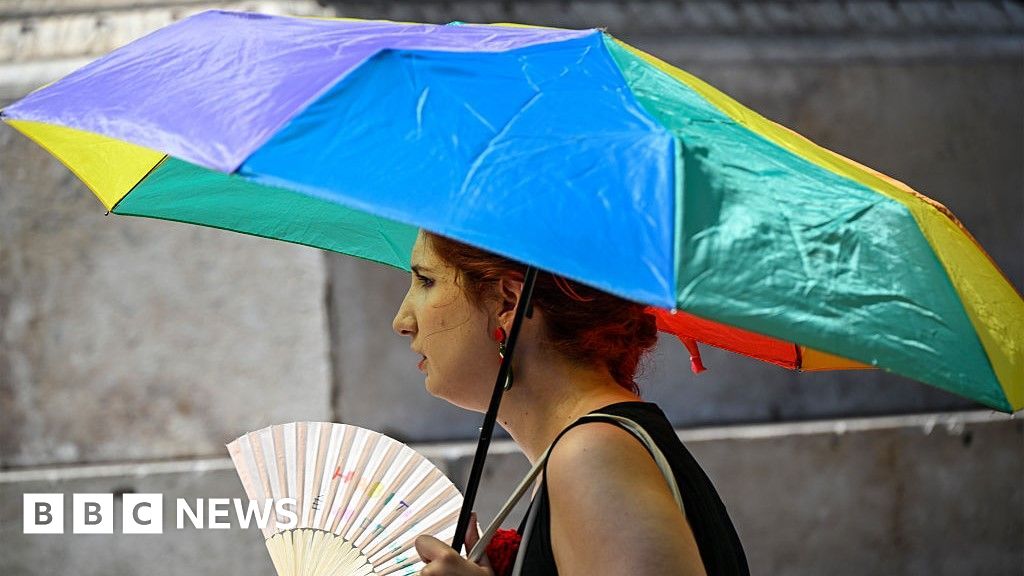Molding the flow of light—whether confined to localized regions or propagating in free space—remains crucial for modern integrated photonics. The advancement of the multi-channel, programmable optical waveguide and coupler arrays has enabled us to develop photonic integrated circuits (PICs) as a viable alternative to electronic ones, overcoming limitations in processing speed, bandwidth, and efficiency across the optical-to-microwave spectrum.
However, as on-chip complexity grows, we face significant challenges regarding long-term stability and fabrication-induced defects, making operational reliability critical for practical applications.
The increasing demand for high-capacity information processing drives our need for more complex PICs with additional channels. In this context, topological photonics offers promising solutions due to its inherent robustness against defects.
Current PICs utilizing topologically protected domain-wall modes mainly rely on two-dimensional microstructures following the rule of bulk-edge correspondence, which typically supports only limited edge states and constrains channel capacity. To overcome this, we have focused on hybrid topological effects that combine multiple topological phenomena in a single system.
Recently, our research team has investigated hybrid artificial microstructured systems and their topological applications. By constructing a synthetic dimension combining momentum space and unit cell orientation space, we developed a configurable topological photonic polycrystal. This dielectric topological metasurface, composed of tunable elliptical elements, utilizes a novel coupling mechanism between pseudo-spin and the valley Hall effect, providing a versatile platform for multidimensional photonic control.
Our work, published in National Science Review under the title “Configurable Topological Photonic Polycrystal Based on Synthetic Hybrid Dimension,” represents a significant advancement in the field.

We developed a perturbation theory based on structural orientation angles to enable rapid calculation and adjustment of photonic band gaps. Since both pseudo-spin and valley lattices are fundamentally linked to orientation angles, we observed that varying these angles induced delicate energy band shifts, effectively modulating the “mass term” of the system.
To fully characterize this phenomenon, we integrated our proposed scalar perturbation theory while treating orientation angles as synthetic dimension parameters. For any given photonic lattice, we successfully constructed a three-dimensional synthetic space by combining the two-dimensional Bloch momentum space and the one-dimensional orientation angle dimension.
This innovative approach allowed us to compute topological invariants as continuous functions of orientation angles, yielding a powerful theoretical framework for analyzing the system’s topological properties. When coupling both topological effects, we found this hybrid-dimensional space depends on two independent orientation angles and the one-dimensional momentum space along domain walls.
Through detailed hybrid-dimensional analysis, we systematically tracked how bulk states, edge states, and corner states evolve with orientation angle variations. These insights fundamentally clarify how our hybrid topological polycrystal architecture achieves robust, dynamically reconfigurable photonic functionalities.
-

Experimental observation of hybrid TESs and TCSs in symmetry-maintained HTP-PIC. (A) Schematic design of HTP-PIC composed of VPC1 (Δθ = 45°) and VPC2 (Δθ = 135°) embedded in PPC. (B) Microscopy image showing partial view of DW1 in fabricated HTP-PIC sample. (C) Diagram of near-field measurement setup for sample characterization. (D) Numerically computed eigenmodes of symmetric HTP-PIC: bulk (grey squares), edge (pink dots), and corner states (blue triangles), with inset showing QL distribution. (E) Experimentally obtained transmission spectrum. (F–H) Measured hybrid TESs at VPC/PPC interfaces (F), valley-polarized TESs at VPC1/VPC2 junction (G), and two hybrid TCSs (H) excited by LCP (orange arrows) and RCP (blue arrows) sources. Credit: Tianyue Li
-

Experimental characterization of hybrid TESs and TCSs in symmetric-antisymmetric HTP-PIC. (A) Structural design of HTP-PIC comprising VPC2 with varying Δθ embedded in PPC. (B) Numerical eigenfrequency analysis of antisymmetric HTP-PIC, with green and blue triangles denoting distinct corner state frequencies, and inset displaying QL spatial profile. (C) Measured transmission spectra under localized excitation at positions P1 versus P2. (D) Experimental verification of eight hybrid TESs along VPC-PPC boundaries. (E) Dual-frequency hybrid TCSs detected when stimulating the system at locations P3 and P4 separately. Credit: Tianyue Li
In addition, we introduced a novel local quality factor (QL) specifically designed to characterize hybrid eigenmodes within band gaps. By integrating the local density of states at target frequencies, this quantitative metric provides an effective performance evaluation method for hybrid topological photonic devices.
As a validation, our team experimentally validated this approach by implementing a hybrid topological photonic integrated circuit that successfully demonstrated high-contrast multi-band edge states and higher-order corner states along the interface. This method enables on-chip logic gates, couplers, and high-density optical communication through multi-band chiral edge channels, while simultaneously supporting the development of multi-band lasers featuring ultra-small mode volumes and diverse corner states.
Furthermore, our orientation-dependent photonic lattice concept opens new possibilities for reconfigurable and programmable active topological devices. Looking ahead, we aim to explore nonlinear effects in hybrid topological polycrystals to enhance their multimodal and multi-band capabilities, paving the way for both classical and quantum photonic applications.
This story is part of Science X Dialog, where researchers can report findings from their published research articles. Visit this page for information about Science X Dialog and how to participate.
More information:
Tianyue Li et al, Configurable Topological Photonic Polycrystal Based on a Synthetic Hybrid Dimension, National Science Review (2025). DOI: 10.1093/nsr/nwaf107
Bio:
Tianyue Li is currently a Research Fellow in the Department of Physics at the Institute of Advanced Study, Hong Kong University of Science and Technology (HKUST). His research focuses on nanophotonics, particularly investigating the physical mechanisms and optical singularities in light-matter interactions. He strives to advance this field through explorations in light-field manipulation, topological photonics, and optomechanics. Additionally, he develops versatile nano-devices for on-chip and fiber-based platforms, including applications in optical tweezers, communication, photonic circuits, and imaging.
He has published more than 10 SCI papers and co-authored 10 additional papers. He has delivered four invited talks and more than 10 oral presentations. His work has received more than 600 citations, with an h-index of 12, and includes an Editors’ Pick selection in Optics Letters and a cover article in another journal. (Homepage: tobeyleonard.github.io/)
Citation:
Topological polycrystal: A new approach to configurable, multiband topological photonic circuitry (2025, May 8)
retrieved 11 May 2025
from
This document is subject to copyright. Apart from any fair dealing for the purpose of private study or research, no
part may be reproduced without the written permission. The content is provided for information purposes only.

















